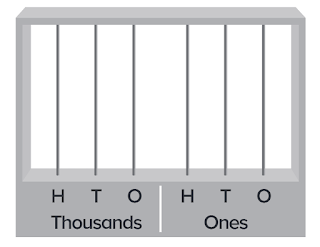
4.OA.B.4
Module 3 Lesson 6
Differentiation Activity
Take a standard number cube and make the one a seven. Students place ten counters on their own number chart. They roll the dice and determine if the number rolled is a factor of a number that is covered. If it is, the student can remove the counter. If they have more than one, they can only remove one counter at a time. The first student to remove all their counters is the winner!
Number Chart Game Board







